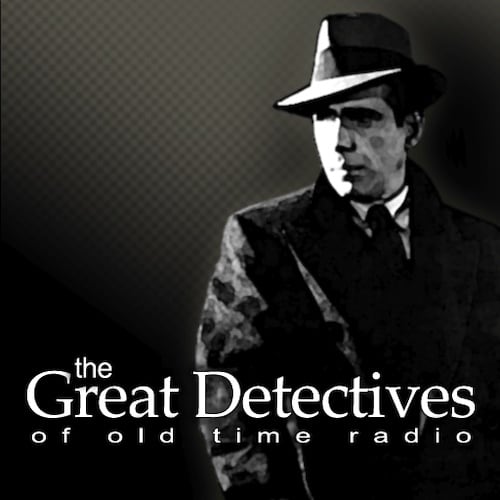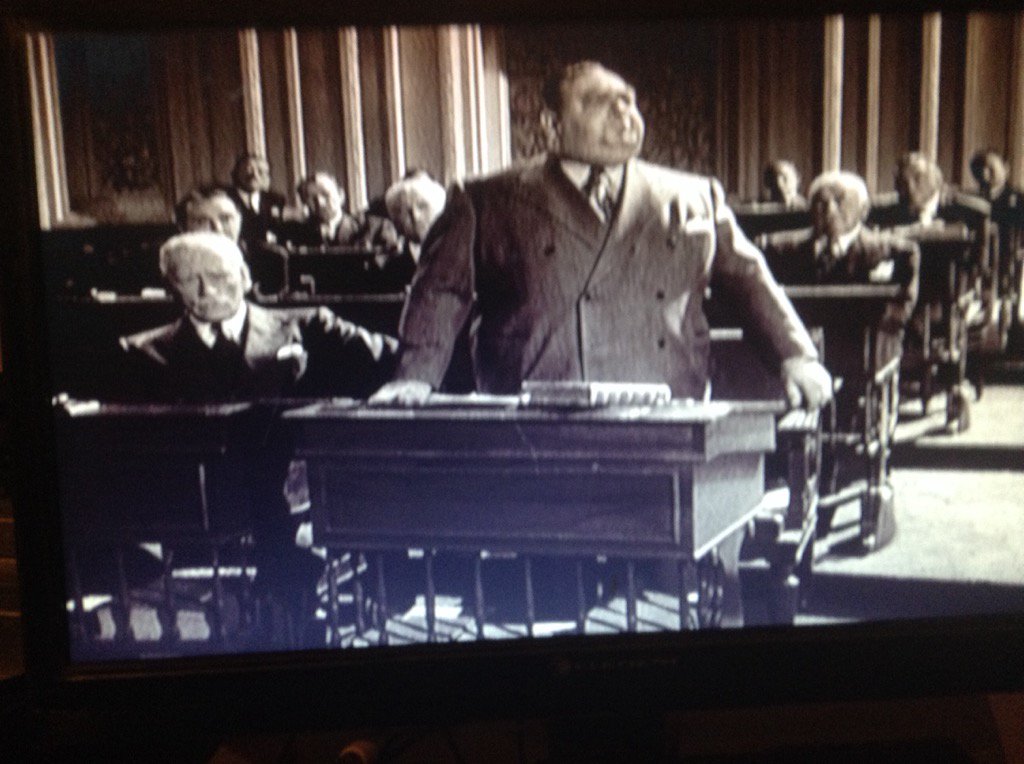The Benson Murder Case (1926) is the first Philo Vance novel written by S.S. Van Dine. The series was popular and spawned multiple film and radio versions into the 1950s. In this novel, a wealthy man about town is murdered. Philo Vance is a wealthy dabbler in a variety of topics and a friend of District Attorney Markham. Vance decides to apply his mind and unique theories of crime-solving to the murder case.
The best thing you can say about Philo Vance in this book is that he’s a man of his times. There was an appeal to many in the 1920s for a hero who was utterly cynical, flippant, was better and smarter than anyone else and was not afraid to say so and put down his inferiors. However, I found him rather insufferable through most of this book. This is hurt by author S.S. Van Dine who goes on and on about him and spends much of the first third of the book highlighting every aspect of the personality of what he seems convinced is the most fascinating person on Earth.
He also had a premise that he was seeking to prove: the importance of psychology in solving crime. This actually wasn’t all that uncommon of a notion among golden age literary detectives. This was a response to the way police forces had evolved. When Sherlock Holmes was introduced, the premise was that the police were dull when it came to observing and interpreting due to a lack of imagination and a lack of ability to apply scientific methods to the classification of evidence. The popularity of Holmes’ stories led to an increase in the use of scientific methods and forensic evidence.
In the world of many golden age detectives, the police were no longer dunderheads who couldn’t understand the importance of things like fingerprints and not traipsing through murder scenes, destroying valuable clues. Rather, according to the new theory, police relied too heavily on the physical evidence and would use it to build circumstantial cases against innocent people. Many golden age detectives would find the true guilty party, not through some elaborate or clever method of detection, but through an understanding of the human condition and human tendencies. This understanding often told the detective what happened and then with that knowledge they could find corroborating evidence to prove their theories. To an extent, this idea of using this sort of method was practiced by golden age detectives such as Father Brown and Hercule Poirot.
Whether this was true or not in real life, the masters of the genre made it believable enough that the reader bought it for the purposes of the story. In the case of Philo Vance, though, his advocacy for psychological evidence is made fatuous by his over-the-top argument against physical evidence having any significance at all. That makes watching him solve the case and be (in some way) proven right a somewhat annoying experience. Reading this book is like watching the most annoying person you can imagine spending hours spouting rubbish and come up with the right answer.
That said, once you plow through the first third of the book, the mystery itself isn’t all that bad. It’s pretty clever and well-plotted once we get past all the preliminaries. But again, there are mysteries just as good with protagonists who are not nearly as aggravating.
This is a book I can only recommend if you’re curious about the origins of a detective that ended up featured in numerous films and radio programs and\or if you’re into unlikable golden-age detectives. It’s worth checking out from the library, but I can’t recommend a buying it. The book enters the public domain in the United States in January and will be free to download from sites such as Project Gutenberg soon thereafter. If you’re curious about the book, there’s really not a good reason to not wait for it to become freely available.
Rating: 2.75 out of.5

